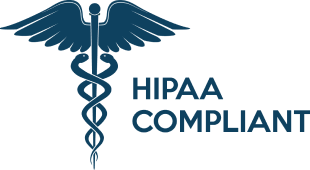A Unique Opportunity to Stimulate Rural Medical Deserts
Imagine having to drive over an hour to see the doctor or 30 minutes just to fill a prescription. Believe it or not, that is what over a third of the U.S. population who reside in medical deserts often need to do.
Medical deserts are geographical areas where residents have inadequate access to healthcare services. These areas are usually characterized by a shortage of healthcare resources like doctors, hospitals, trauma centers, low-cost health centers and pharmacies. Medical deserts are typically located in rural or low-income urban areas and make up over 80% of counties across the U.S.
Why are medical deserts a problem?
A lack of access to healthcare services means residents of medical deserts often suffer reduced health outcomes and significant health inequities. Picture Sarah, who’s starting to feel an odd sensation in her chest. Sarah has seen a doctor for a similar experience in the past but was told it was just anxiety. Sarah considers the 45 minutes it will take her to drive to the nearest hospital and the additional waiting time in the overcrowded waiting room, and she decides to put off seeing the doctor. In the meantime, Sarah’s heart condition worsens. Sarah will ultimately only end up seeing the doctor once the signs are noticeable, and the condition will be more severe and more costly than it would have been had she seen the doctor sooner.
Sarah’s is a familiar story to those who live in medical deserts, and in many cases these residents already face additional barriers to access such as lower income and limited internet access. These barriers make care especially inaccessible to medical desert residents, who tend to suffer from undetected and unmanaged chronic conditions, hospitalization, increased healthcare costs, and even death at disproportionately higher rates.
Residents of medical deserts are less likely to be insured
Residents of medical deserts are also less likely to be insured. This results in a host of issues that perpetuate their existence. First, the uninsured are more likely to delay routine doctor’s visits, health screenings and lab tests in order to avoid the expenses, and therefore less likely to get the ongoing care needed to manage chronic conditions. A survey by the Kaiser Family Foundation found that 50% of uninsured individuals don’t have a “regular source of care” for their healthcare needs. This is exacerbated by the fact that most healthcare deserts lack low-cost health clinic options, and results in increased complications, reduced health outcomes and sometimes even higher costs.
Second, uninsured patients and high poverty rates are among the primary causes of the increasing number of hospital closures in rural areas. Research has shown that often when local hospitals do exist in medical deserts, the care provided is seen as inferior and residents who have insurance are likely to travel to a different hospital in order to receive better care, thereby resulting in unprofitable and unsustainable hospitals. This lack of healthcare resources is then perpetuated by the lack of incentive for the development of new hospitals or clinics in areas where uninsured patients will struggle to pay their medical bills.
How can payers and providers promote equitable access to care?
Today, payers and providers are restructuring organizations to accommodate new systems and technologies. As organizations undergo these changes, they have the unique opportunity to use innovative tools to improve access to care and shift the trajectory of medical deserts. Here are some ways payers and providers can get started:
- Use Technology to Help Insure the Uninsured- Technologies today are enabling insurers to save money on equipment and medical personnel and enable prospects to share health data remotely. To underwrite new patients, insurers can use smartphones to conduct remote health checks on patients and offer more affordable pricing. Insurers can also use this technology to have clients take periodic health checks, and even corroborate claims and reduce fraud.
- Shift to a Preventive Care Model– Increasingly, payers are implementing payment and delivery system reforms that incentivize preventive rather than reactive care. To help catalyze this shift in medical deserts, payers ought to consider investing in more low-cost healthcare options, which those who remain uninsured or cannot afford more costly options will be likely to visit more frequently.
- Make Health Tracking Simple and Affordable- Payers can give clients simple ways to track their health from home without purchasing equipment. For example, they can enable clients to measure and track critical biomarkers like blood pressure, oxygen saturation and heart rate using smartphones in order to promote early detection of health issues and more effective chronic disease management. Technologies like Binah.ai enable smartphone-holders to do so even without internet access, a feature especially useful to residents of areas with reduced internet access or quality.
- Invest in Digital Healthcare Delivery– New healthcare delivery models that prioritize quality telehealth and digital pharmaceutical services can help residents of medical deserts overcome geographical barriers and access a wide range of healthcare services remotely. This can enable patients to consult doctors more frequently, triage health issues from home, access prescriptions for medications remotely, reduce medical complications and costs, and improve management of chronic diseases.
- Expand Internet Access- Care is multidimensional, and in order to effect change, payers ought to invest in the array of services that patients need to care for their health. After all, what good is a nearby primary care center when the nearest pharmacy is 45 minutes away?
The internet provides access to a wide array of healthcare services, from things that are as simple as reading about symptoms online to services like telehealth. By investing in adequate internet infrastructure, payers can enable residents who may live in close proximity to certain healthcare resources but far from others to access missing resources via the internet.
Medical deserts are a widespread issue plaguing a significant portion of the U.S. population. Fortunately, technologies today are making quality remote care, triage, and health monitoring more accessible. Payers and providers that invest in these technologies can help medical deserts flourish, while reducing healthcare costs, reducing burdens on medical staff, and enabling residents of rural areas to access the care they deserve.
To learn how payers and providers can use Binah.ai to enable end-users to measure, track and share their health data using mobile devices, schedule a demo now.

 close
close





